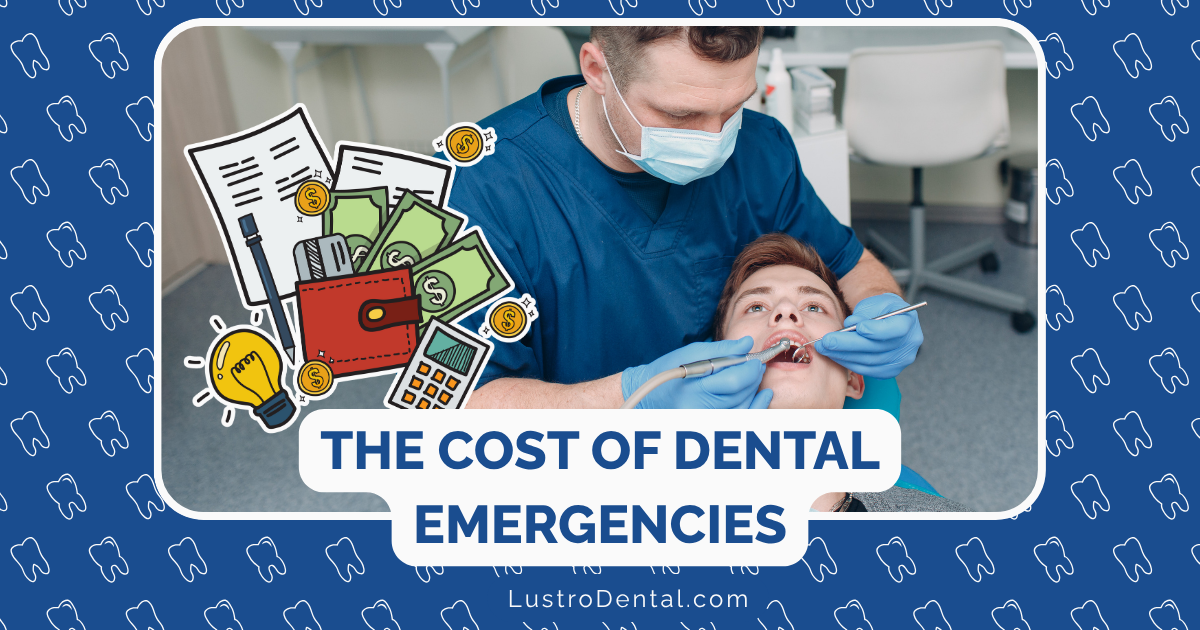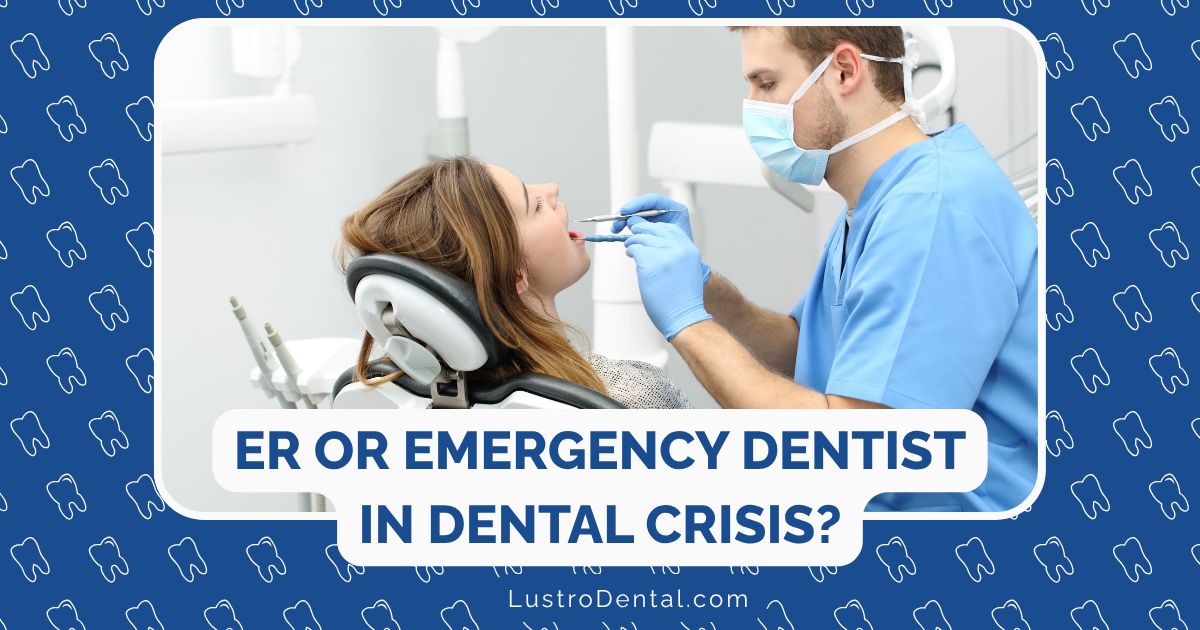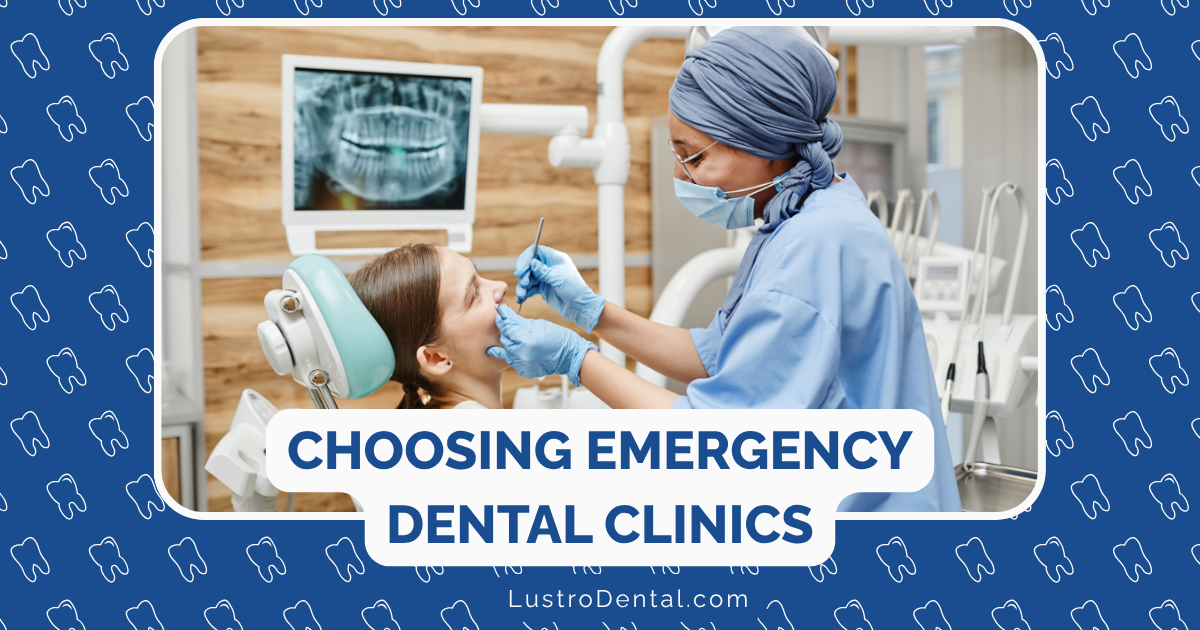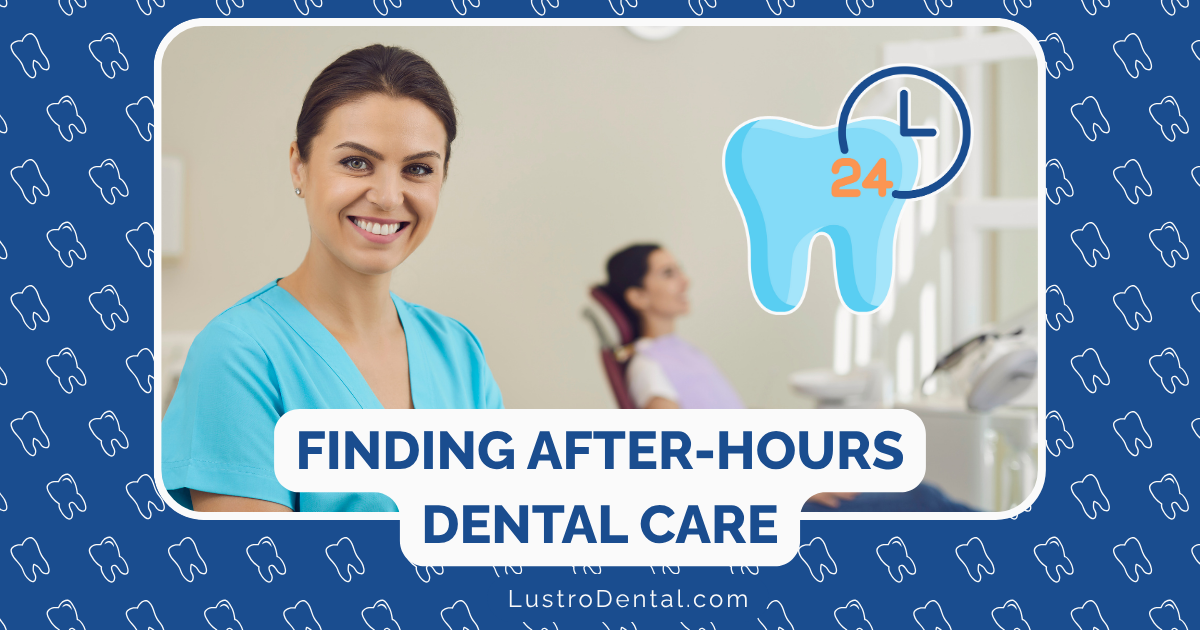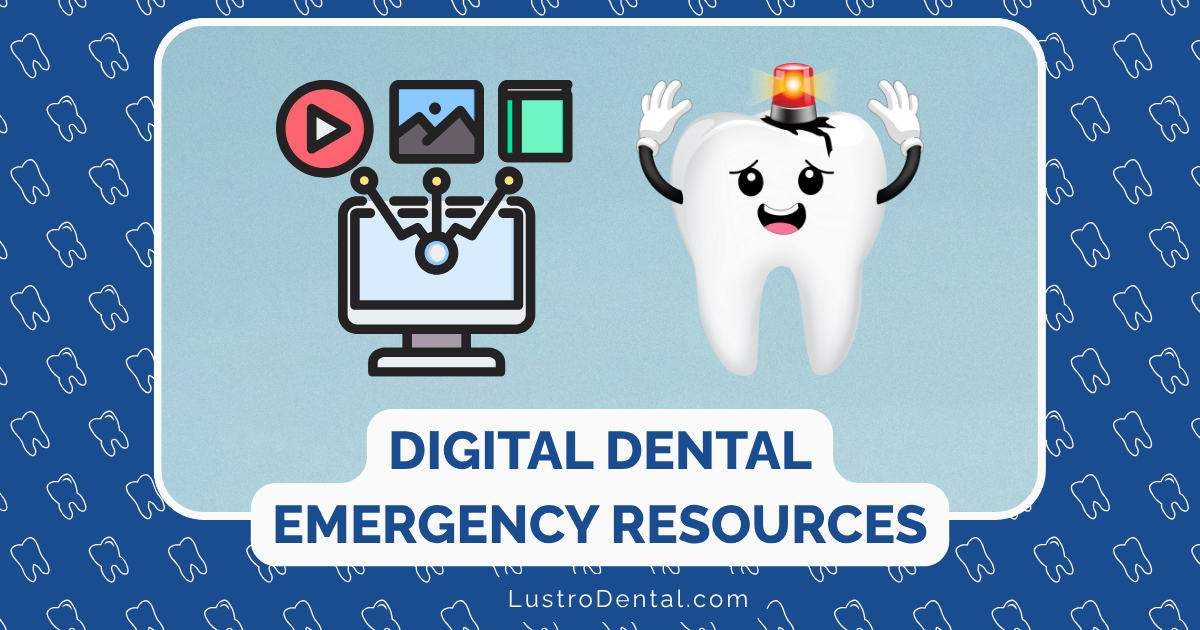The Golden Hour: Why Time Is Critical in Dental Trauma Cases
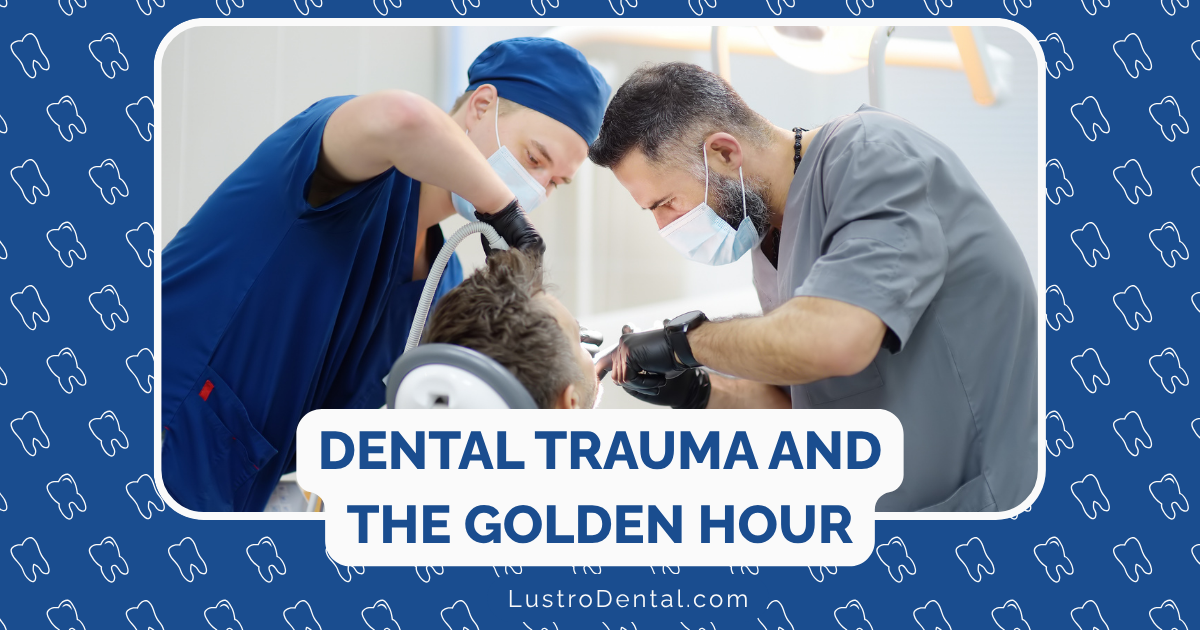
When 10-year-old Michael fell off his bike and knocked out his front tooth, his parents faced a situation where every minute counted. “We didn’t know whether to go to the emergency room, call our dentist, or what to do with the tooth,” his mother recalled. “Someone mentioned putting it in milk, but we weren’t sure if that was right or why it mattered.”
In dental trauma cases like Michael’s, time is truly of the essence. The concept of the “golden hour”—a critical window when immediate intervention can dramatically improve outcomes—is well-established in emergency medicine. This same principle applies to dental injuries, where acting quickly and appropriately can mean the difference between saving or losing a tooth permanently.
In this comprehensive guide, we’ll explore why the first 60 minutes after dental trauma are so crucial, what happens biologically during this time, and exactly what steps to take to maximize the chances of a positive outcome.
Understanding the Golden Hour in Dental Trauma
The term “golden hour” was originally coined in trauma medicine to describe the critical first hour after a severe injury, when prompt medical treatment is most likely to prevent death. In dentistry, this concept applies specifically to the window of opportunity when damaged or displaced teeth have the highest chance of successful treatment and long-term survival.
Dr. Sarah Chen, a board-certified endodontist with the American Association of Endodontists, explains: “The golden hour in dental trauma isn’t always exactly 60 minutes—it varies depending on the specific injury. But the principle remains the same: the sooner appropriate action is taken, the better the prognosis. With some injuries, like a completely knocked-out tooth, every minute truly counts.”
The Biology Behind the Clock: Why Time Matters
To understand why rapid intervention is so critical, it helps to understand what happens at the cellular level after dental trauma occurs.
For Avulsed (Knocked-Out) Teeth
When a tooth is completely knocked out, the clock starts ticking immediately for the periodontal ligament (PDL) cells. These specialized cells cover the root surface and are essential for reattachment.
What happens during the golden hour:
- 0-15 minutes: PDL cells remain viable and have excellent potential for healing if the tooth is reimplanted
- 15-30 minutes: Cell survival begins to decline, but chances of successful reimplantation remain high
- 30-60 minutes: Significant cell death occurs, but reimplantation can still be successful
- 60+ minutes: Extensive cell death dramatically reduces the chances of successful reattachment
According to research published in the Journal of Endodontics, teeth reimplanted within 30 minutes have success rates of 85-97%, while those reimplanted after 60 minutes see success rates drop to 15-30%.
Dr. Robert Wilson of the International Association of Dental Traumatology notes: “The difference between reimplanting a tooth at 20 minutes versus 90 minutes is dramatic. In the first scenario, we often see long-term tooth survival. In the second, we’re typically managing complications and planning for eventual tooth replacement.”
For Luxated (Displaced) Teeth
When teeth are partially displaced but not completely knocked out, the golden hour is slightly more forgiving but still critical:
- Pulp survival: The blood vessels and nerves inside the tooth begin to die when their blood supply is compromised
- PDL damage: The supporting structures suffer increasing damage with time
- Inflammatory response: Delayed treatment allows inflammatory processes to cause additional damage
For Crown Fractures
When a tooth is broken but not displaced, the golden hour focuses on protecting the exposed dentin or pulp:
- Pulp exposure: If the inner pulp is exposed, it begins to become contaminated with bacteria
- Dentin tubules: These microscopic channels can allow bacteria to penetrate deeper into the tooth
- Dehydration: Exposed dentin and pulp can dehydrate, complicating treatment
Types of Dental Trauma and Their Critical Timeframes
Different dental injuries have different time sensitivities. Understanding these can help prioritize emergency care:
1. Avulsed (Knocked-Out) Tooth: ULTRA TIME-SENSITIVE
Critical timeframe: Ideally under 30 minutes, maximum benefit under 60 minutes Why it’s urgent: PDL cell survival rapidly declines outside the mouth Goal: Immediate reimplantation or proper storage
Dr. Lisa Rodriguez, a pediatric dental trauma specialist, emphasizes: “With a knocked-out permanent tooth, minutes matter more than in almost any other dental emergency. If a parent or coach knows the proper steps to take in those first 15-30 minutes, they can dramatically improve the child’s chances of keeping that tooth for life.”
2. Lateral or Extrusive Luxation: HIGHLY TIME-SENSITIVE
Critical timeframe: Under 2-3 hours Why it’s urgent: Displaced teeth need repositioning to prevent further damage and begin healing Goal: Professional repositioning and stabilization
3. Intrusive Luxation: HIGHLY TIME-SENSITIVE
Critical timeframe: Under 6 hours Why it’s urgent: Teeth pushed into the socket cause compression damage that worsens with time Goal: Professional assessment and appropriate intervention
4. Crown Fracture with Pulp Exposure: MODERATELY TIME-SENSITIVE
Critical timeframe: Within 12-24 hours Why it’s urgent: Exposed pulp is vulnerable to bacterial contamination and inflammation Goal: Pulp protection and appropriate restoration
5. Crown Fracture without Pulp Exposure: LESS TIME-SENSITIVE
Critical timeframe: Within 24-48 hours Why it’s urgent: Exposed dentin can cause sensitivity and is vulnerable to bacterial penetration Goal: Covering exposed dentin and restoration planning
The Golden Hour Action Plan: What to Do When Minutes Count
Knowing exactly what steps to take during the golden hour can significantly improve outcomes. Here’s a action plan for the most time-critical dental emergencies:
For a Knocked-Out (Avulsed) Tooth
- Find the tooth and pick it up by the crown (white part), not the root
- Gently rinse with milk, saline solution, or very briefly with cold water if nothing else is available (do NOT scrub or use soap)
- Attempt reimplantation if possible:
- Gently insert the tooth back into its socket
- Have the person bite on a clean cloth to hold it in position
- If reimplantation isn’t possible, store the tooth properly:
- First choice: Tooth preservation solution (e.g., Save-A-Tooth)
- Second choice: Cold milk
- Third choice: Saliva (have the person hold it in their cheek if safe to do so)
- Fourth choice: Saline solution
- Last resort: Wrap in plastic wrap (NOT dry tissue or cloth)
- Seek emergency dental care immediately
Research from the American Academy of Pediatric Dentistry shows that proper storage medium can extend PDL cell viability, but it’s not a substitute for prompt reimplantation. Every minute the tooth spends outside its socket reduces the chance of successful reattachment.
For Displaced (Luxated) Teeth
- Do not attempt to reposition the tooth yourself
- Apply cold compress to reduce swelling
- Take appropriate pain relief if needed
- Seek emergency dental care within 1-2 hours
- Avoid putting pressure on the affected tooth
For Fractured Teeth with Pulp Exposure (pink or bleeding visible)
- Gently rinse the mouth with warm water
- Cover the exposed area with a small piece of wet gauze
- Apply cold compress for pain and swelling
- Take appropriate pain relief if needed
- Seek emergency dental care within 12 hours
The Role of Storage Media: Extending the Golden Hour
When immediate reimplantation of an avulsed tooth isn’t possible, the right storage medium can help extend the viability of PDL cells:
Best Options (in order of effectiveness):
- Specialized tooth preservation solutions (e.g., Save-A-Tooth, EMT Tooth Saver)
- Contains balanced salts and nutrients
- Can maintain PDL cell viability for up to 24 hours
- Available in some first aid kits and pharmacies
- Cold milk
- Compatible pH and osmolality
- Contains proteins and nutrients that support cell survival
- Can maintain PDL cell viability for up to 6 hours
- Readily available in most settings
- Saliva
- Natural environment for teeth
- Contains proteins that support PDL cells
- Less effective than specialized solutions or milk
- Can maintain limited viability for 30-60 minutes
- Saline solution
- Compatible osmolality
- No nutrients for cell metabolism
- Can maintain limited viability for 30-60 minutes
A study published in the Journal of Dental Research found that teeth stored in specialized preservation solutions had nearly twice the success rate of those stored in milk when reimplantation was delayed beyond 60 minutes.
What Happens After the Golden Hour: Treatment Protocols
When a patient arrives for emergency dental care after trauma, treatment protocols vary based on the time elapsed and the specific injury:
For Avulsed Teeth Reimplanted Within the Golden Hour:
- Verification of position and gentle repositioning if needed
- Flexible splinting for 1-2 weeks to stabilize the tooth
- Antibiotic therapy to prevent infection
- Monitoring of pulp vitality
- Root canal therapy may be performed prophylactically or upon signs of pulp necrosis
For Avulsed Teeth With Extended Dry Time (Beyond 60 Minutes):
- Root surface treatment to remove necrotic PDL cells
- Soaking in fluoride or doxycycline solution in some protocols
- Reimplantation and splinting for 4 weeks
- Root canal therapy typically performed before or shortly after reimplantation
- Close monitoring for complications like root resorption
Dr. Michael Johnson, an oral surgeon specializing in dental trauma, explains: “When we receive a patient outside the golden hour, we shift our approach. Rather than focusing primarily on preserving the PDL cells—which are likely already non-viable—we concentrate on preventing or slowing root resorption and maintaining the tooth as long as possible, even if the long-term prognosis is guarded.”
Long-Term Outcomes: The Impact of the Golden Hour
The actions taken during the golden hour have far-reaching consequences for long-term dental health:
When Optimal Care Is Received Within the Golden Hour:
- Avulsed teeth: 85-97% survival at 5 years
- Luxated teeth: 80-95% pulp survival, minimal complications
- Crown fractures with pulp exposure: 90% success rate for vital pulp therapy
When Treatment Is Delayed Beyond the Golden Hour:
- Avulsed teeth: 30-65% survival at 5 years, with higher rates of complications
- Luxated teeth: Increased rates of pulp necrosis requiring root canal therapy
- Crown fractures with pulp exposure: Higher rates of infection requiring more invasive treatment
Common long-term complications from delayed treatment include:
- Inflammatory root resorption: The body’s cells attack and dissolve the tooth root
- Ankylosis: The tooth fuses directly to the bone, stopping normal development
- Pulp canal obliteration: The pulp space fills with hard tissue
- Pulp necrosis: Death of the nerve and blood supply
- Aesthetic complications: Discoloration and cosmetic concerns
Special Considerations for Different Age Groups
The golden hour concept applies differently across age groups:
For Children (Primary Teeth)
- Knocked-out primary (baby) teeth are typically not reimplanted due to risk of damage to developing permanent teeth
- However, other dental trauma to primary teeth still requires prompt attention
- The focus is on preventing damage to developing permanent teeth and managing pain/infection
For Children and Adolescents (Permanent Teeth)
- The golden hour is especially critical as teeth have immature roots with excellent healing potential
- Pulp survival is more likely in younger patients
- Growth considerations affect long-term treatment planning
For Adults
- Mature teeth still benefit significantly from golden hour interventions
- Healing capacity may be slightly reduced compared to younger patients
- Existing dental work may complicate emergency treatment
Michael’s Story: A Golden Hour Success
Returning to Michael’s case from our introduction, his parents made some critical decisions that fell within the golden hour:
“After the initial panic, I remembered reading about putting knocked-out teeth in milk,” his mother shared. “We found the tooth, rinsed it very gently with some cold water, and placed it in a cup of cold milk from his lunch box. We called our dentist immediately, who told us to come right away and cleared his schedule for us. We were in the dental chair within 40 minutes of the accident.”
The dentist was able to reimplant Michael’s tooth, splint it for stability, and provide appropriate follow-up care. Three years later, the tooth remains healthy, though it did require a root canal treatment as a precautionary measure.
“The dentist told us that finding the tooth quickly, storing it properly, and getting emergency care within that first hour made all the difference,” his mother explained. “Had we waited even a few hours, Michael might have lost that tooth permanently.”
Preparing for the Golden Hour: Before Emergency Strikes
Being prepared for dental trauma before it happens can save precious minutes during the golden hour:
Create a Dental Emergency Kit
- Tooth preservation solution (available at many pharmacies)
- Small container with lid for tooth storage or transport
- Saline solution packets
- Gauze pads
- Contact information for your dentist and local emergency dental services
Know Your Emergency Dental Options
- Your regular dentist’s emergency contact information and hours
- Local emergency dental clinics that accept walk-ins
- Dental schools that may provide emergency services
- Hospital emergency departments with dental services
Discuss With Your Dentist in Advance
- Ask about their protocol for dental emergencies
- Understand when to call them directly versus seeking emergency room care
- Request guidance specific to your or your family’s dental situation
The Future of the Golden Hour: Emerging Technologies
Research continues to advance our understanding and management of dental trauma during the critical golden hour:
Tooth Storage Advancements
Scientists are developing next-generation preservation solutions that can extend PDL cell viability for 24-48 hours, potentially extending the golden hour significantly.
Regenerative Approaches
Stem cell therapies and growth factors show promise for improving outcomes even when treatment is delayed beyond the golden hour.
Teledentistry for Immediate Guidance
Virtual consultations can provide expert guidance during the critical first minutes after dental trauma occurs, even before the patient reaches a dental office.
Conclusion: Knowledge Saves Teeth
The golden hour in dental trauma represents a critical window of opportunity when prompt, appropriate action can dramatically improve outcomes. Understanding why time is so critical—the biological processes that begin immediately after injury—helps emphasize the importance of rapid response.
For dental professionals, this knowledge drives emergency treatment protocols. For the general public, it underscores the need for immediate action and proper first aid when dental injuries occur.
As Dr. Wilson summarizes: “In my thirty years of practice, I’ve seen countless cases where the actions taken in those first 30-60 minutes made all the difference in whether a patient kept their natural tooth for a lifetime or faced years of complex dental work. Educating the public about the golden hour concept is one of the most important things we can do as dental professionals.”
By understanding the golden hour concept and knowing exactly what steps to take when dental trauma occurs, you can potentially save a tooth—whether it’s your own, your child’s, or someone else’s—during this critical window of opportunity.
Have you experienced or witnessed a dental trauma situation? We’d love to hear about your experience in the comments below.


